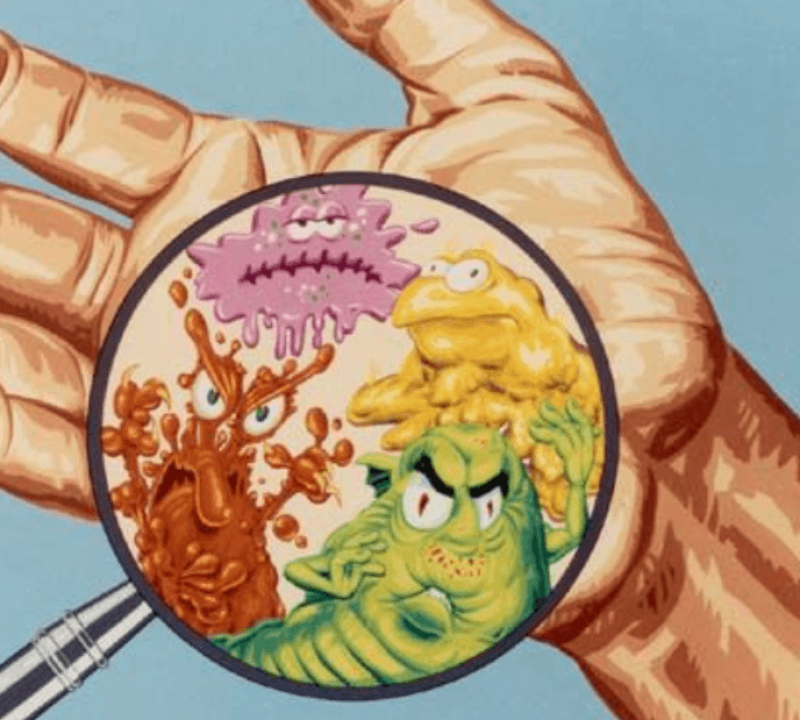New research led by scientists at The Scripps Research Institute (TSRI) reveals that a human enzyme has changed little from its days as a bacterial enzyme. In fact, the enzyme appears to be unique in its ability to change its shape–and its job in cells — without overhauling its basic architecture.
…
Schimmel and his colleagues focused on a member of a family of enzymes called aminoacyl tRNA synthetases….
“Aminoacyl tRNA synthetases are associated with–and we believe needed for — the building of organismal complexity, such as making tissues and organs in humans,” Schimmel explained.
These new functions are controlled by “decorations,” or additions to the aminoacyl tRNA synthetase architecture, which are generally lacking in bacteria; however, there is one aminoacyl tRNA synthetase, called AlaRS, that lacks any new decorations. AlaRS somehow carries out new roles in humans using a preexisting bacterial domain in its structure….
The scientists…showed that a domain of AlaRS’s structure, called C-Ala, had been reshaped to take on a new role in humans. The end result is the same as if AlaRS had gained a new decoration….
The GLP aggregated and excerpted this blog/article to reflect the diversity of news, opinion, and analysis. Read full, original post: Ancient enzyme morphed shape to carry out new functions in humans
































